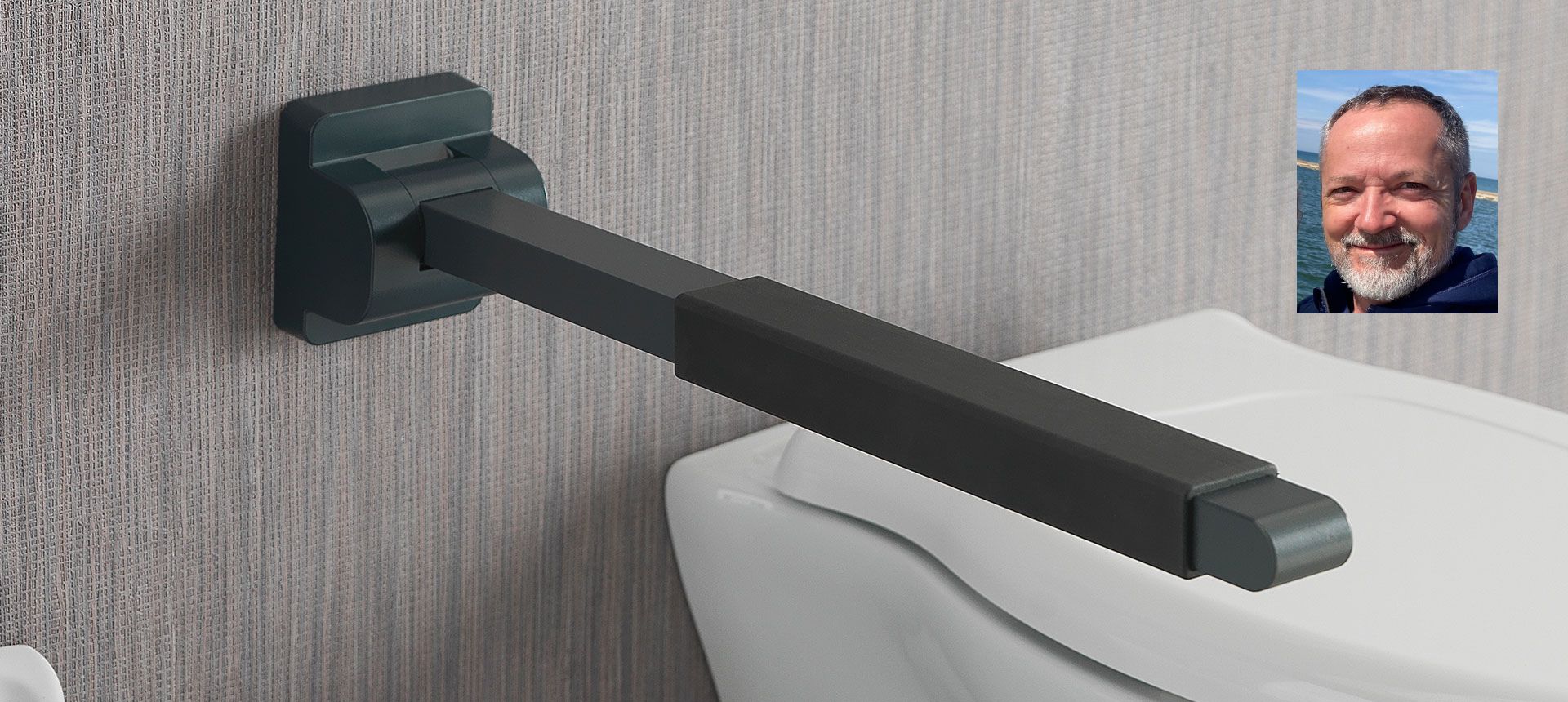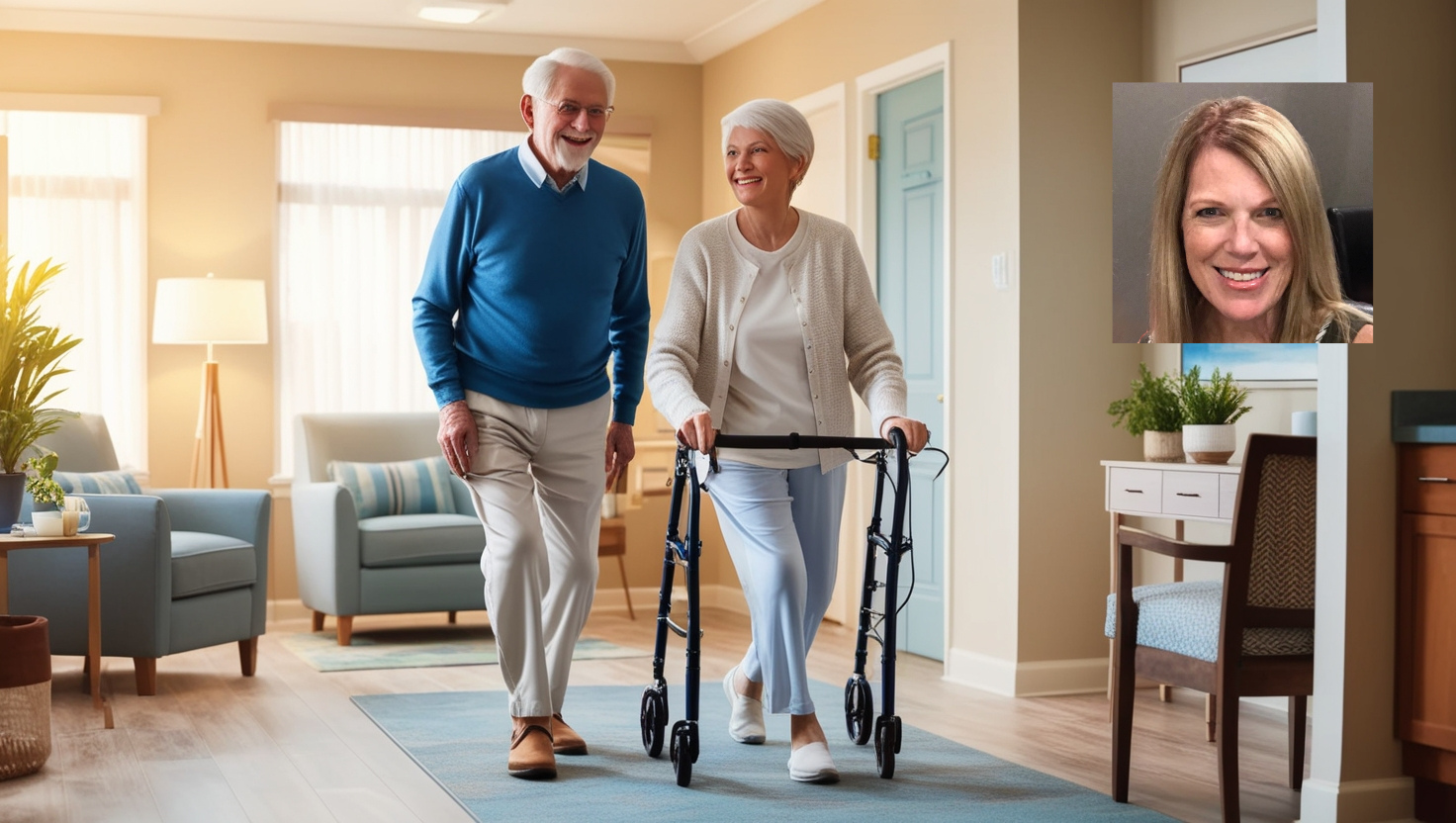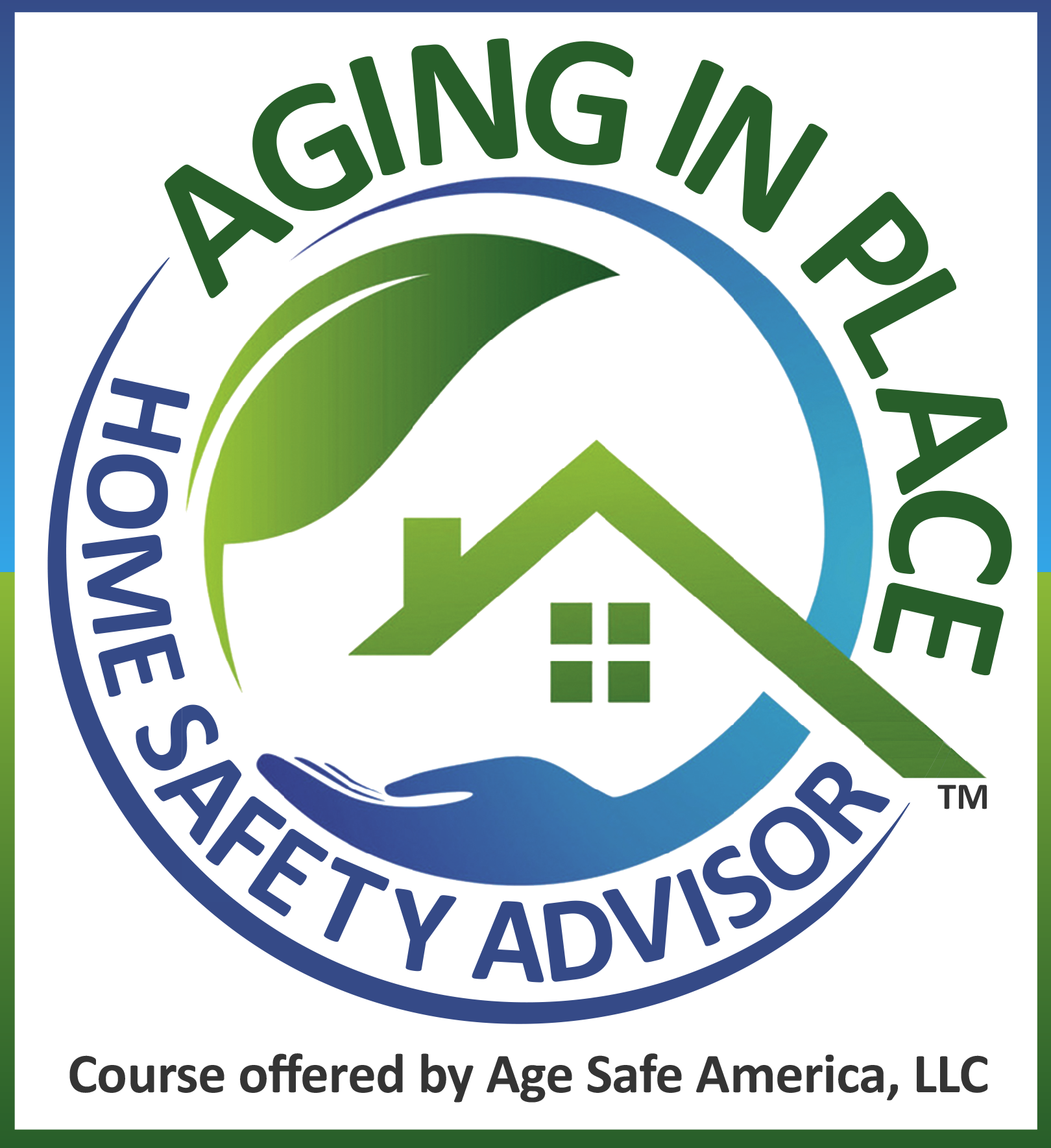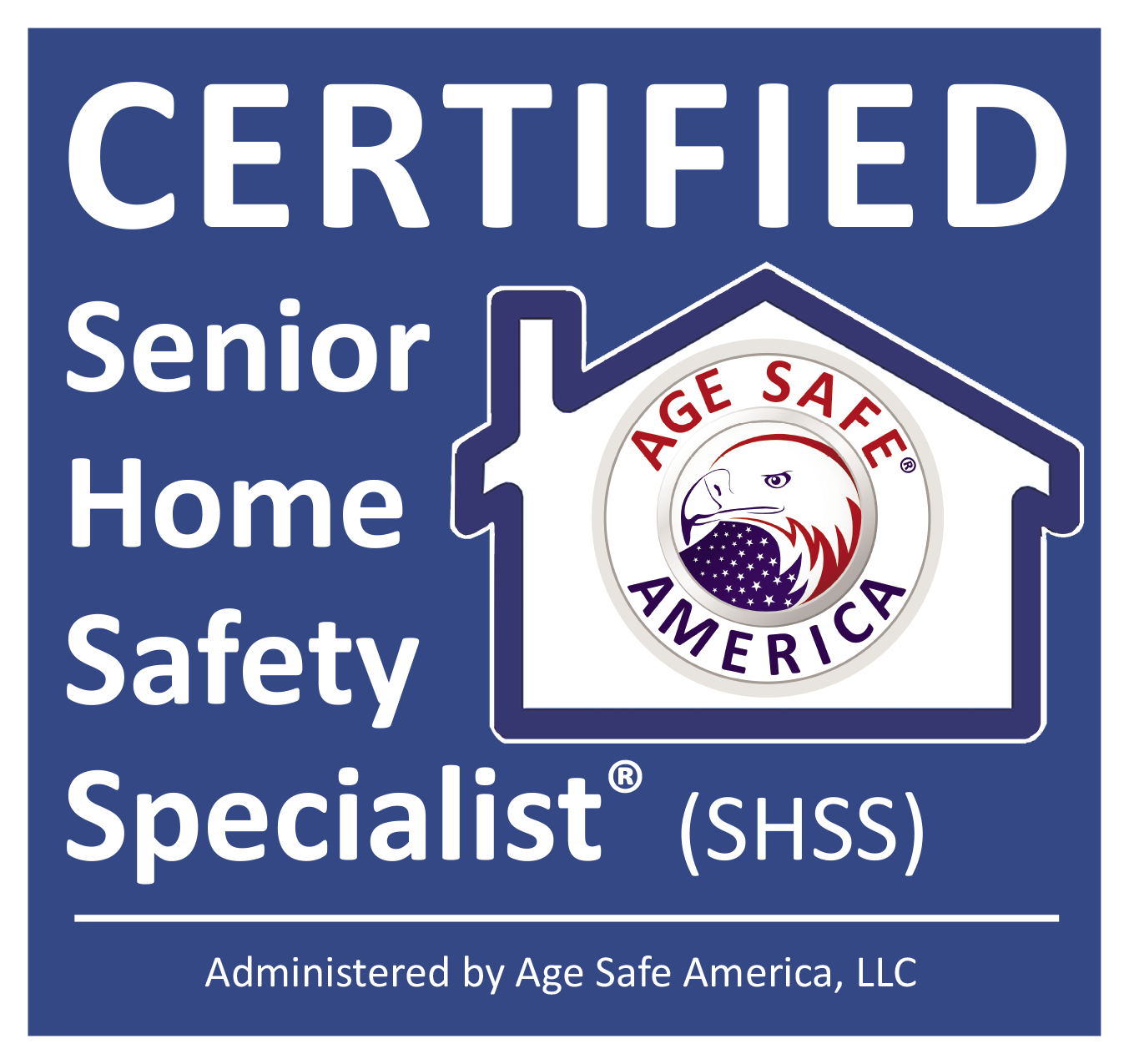by leeashworth61
Share
by leeashworth61

Bathroom Safety Upgrades
The bathroom is one of the most dangerous rooms in the home for seniors, with slippery surfaces and hard edges that can lead to falls. Installing grab bars near the toilet and in the shower or bathtub can provide added stability and support. A shower seat and handheld showerhead can also make bathing easier and safer. Consider replacing a bathtub with a walk-in shower for easier access.
Improved Lighting
As we age, our vision often declines, making it harder to see obstacles and navigate around the home. Improving lighting throughout the house can help reduce the risk of falls and make it easier to perform daily tasks. Install brighter light bulbs, add task lighting in key areas like the kitchen and bathroom, and consider motion-activated lights for nighttime safety.
Stairway Modifications
Stairs can be a major challenge for seniors with mobility issues. If possible, consider installing a stairlift or elevator to make it easier to navigate between floors. If that’s not an option, make sure stairways have sturdy handrails on both sides, and consider adding non-slip treads or carpeting for added traction.
Widened Doorways and Hallways
Narrow doorways and hallways can be difficult to navigate for seniors using walkers or wheelchairs. Widening doorways to at least 32 inches and hallways to at least 36 inches can make it easier to move around the home. Consider installing swing-away or offset door hinges to add a few extra inches of space.
Accessible Kitchen Upgrades
The kitchen is the heart of the home, but it can also present challenges for seniors with mobility issues. Lowering countertops and installing pull-out shelves and drawers can make it easier to access items. Consider adding a seated work area and installing appliances with easy-to-read controls and automatic shut-off features for added safety.
By making these modifications, seniors can create a safer, more comfortable home environment that supports their independence and quality of life as they age in place. It’s important to work with a certified aging-in-place contractor and/or occupational therapist to assess individual needs and develop a customized plan for home modifications.
From Bad to Worse: How Improperly Installed Grab Bars Can Increase the Risk of Falls
Safe Home Modifications and Tips from a Healthcare Professional's Experience





